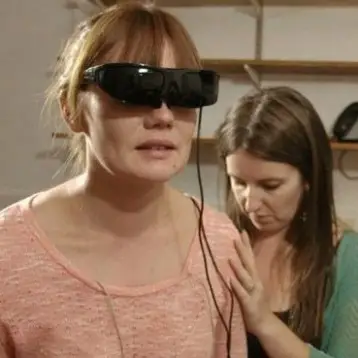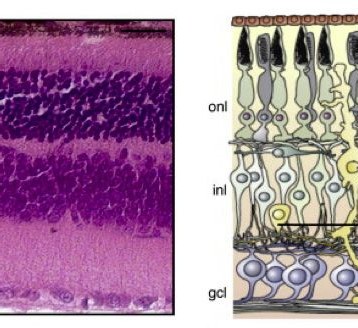When cells accumulate excessive errors in the proteins they produce, apoptosis is activated; however, beforehand the cells attempt to rectify the problem through a number of rescue responses. While scientists know only the general outline of the mechanisms behind cellular “stress responses,” the new study offers a new tool to could help studying the various related biological interactions.
The method was published in the Journal Nucleic Acids Research by a team from the Institute for Research in Biomedicine (IRB Barcelona) and was authored by Lluís Ribas de Pouplana, head of the Gene Translation Laboratory. “We have developed a strategy to induce controlled mutations in the cell, which allows us to gradually activate several repair systems that are triggered before the cell enters the cell death programme,” he said. “Using previous methods, the effects on cells are less specific and may lead to parallel responses that hinder analysis of the results.”
Renaud Geslain, a researcher in Ribas’ group, explains that the new technique differs from traditional techniques, which create instability by exposing the cells to drug or compounds that affect protein production. “We had a brilliant idea to reproduce the same effect within the cell, without the help of compounds alien to the cell,” He said.
The team manipulated a component of the cellular protein synthesis machinery in order to cause the production of defective proteins. “In response to the accumulation of misfolded proteins, the cellular alarm systems are switched on and stress responses are activated,” Geslain describes the result. “Given that this approach affects all the proteins, we obtain all the reactions possible, not only responses that could be exclusive to one or a few affected proteins.”
One of the study’s objectives was to find a way to interfere with protein production. Since cells are ‘bags’ full of proteins, which are formed by large chains of amino acids, their formation process was closely examined. Cells continually make these molecules through a highly complex system; one of the major components involved is a process in called transfer RNA (tRNA) – a process which the Gene Translation Lab is specialized at.
According to theory, tRNA functions as a transport method for the protein synthesis machinery and the precise amino acids required. In this study, Geslain designed new tRNAs, very similar to natural ones, but that place erroneous amino acids into the protein sequences under construction. “When these tRNAs are introduced, the cells starts to make and accumulate defective proteins and it reacts in response,” he said. “Given that the cell still conserves the healthy proteins present before the introduction of our tRNA, we can observe the extent to which the healthy part can correct the problem. We can also see when these defects are no longer correctible and how and when cells enter the suicide programme.”
Ribas reports that the lab is already seeing results using the new tool. Analysis indicates that part of the cell response to the accumulation of misfolded proteins is the production of several micro-RNAs (small molecules that regulate gene expression). However, not all is clear. “We still don’t know what they do or what genes they repress but we are discovering very surprising functional connections,” he said.
When asked about applications, Ribas says: “the biological problem that we induce in the cell is directly linked to neurodegenerative diseases such as Alzheimer’s, Parkinson’s and Huntington’s, which are caused by the aggregations of misfolded proteins that cause neuronal death.” Therefore, the newly developed tool might allow the identification of new components of the response mechanisms to these mutations. Moreover, future researches could mark these components as targets and intervene in times, in order to prevent such diseases.
TFOT has also covered the Bacteria Suicide Mechanism, which might lead to new drugs, and the Tiny Cellular Antennae, which trigger neural stem cells. Other related TFOT stories include the Use of Allergy Treatment for Alzheimer’s, made by biopharmaceutical company Medivation, and the process in which Embryonic Stem Cells Become Tissue Specific, studied by a collaborative research group from the Hebrew University in Jerusalem, the US National Institutes of Health and the Hospital for Sick Children in Toronto.
For more information about the induction of controlled suicide in human cells, see IRB Barcelona’s website.
Icon image credit: John Schmidt










